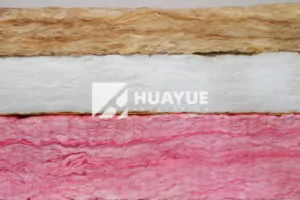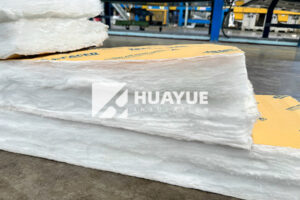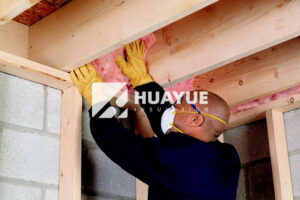What Questions Should You Ask to Thoroughly Understand Glass Wool?
Glass wool is one of the most important insulation materials today, but many people still misunderstand its properties or use. Have you wondered if it’s safe, sustainable, or how it really performs?
Glass wool is a high-performance insulation material made from molten glass spun into fine fibers. Its key benefits are excellent thermal insulation, fire resistance, and sound absorption. Glass wool is versatile and used in forms like batts, blankets, and boards.
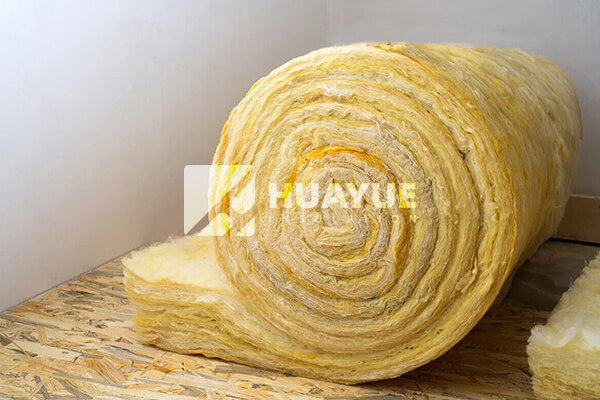
Many customers, including engineers like Hans Müller, want to know more. Let’s break down the most important questions about glass wool so you can make the smartest decision for your project.
What is glass wool?
More and more people are asking, “What exactly is glass wool and what is it made from?” The confusion usually comes from its name and the way it looks.
Glass wool is an insulating material created by melting minerals such as quartz sand, limestone, and dolomite together with chemicals like soda ash and borax. In the molten state, these are spun and blown into thin fibers. The texture feels like wool, but it is inorganic. These fibers form mats, rolls, batts, or boards. Glass wool is widely used for insulation because it’s lightweight, energy-efficient, and absorbs sound.
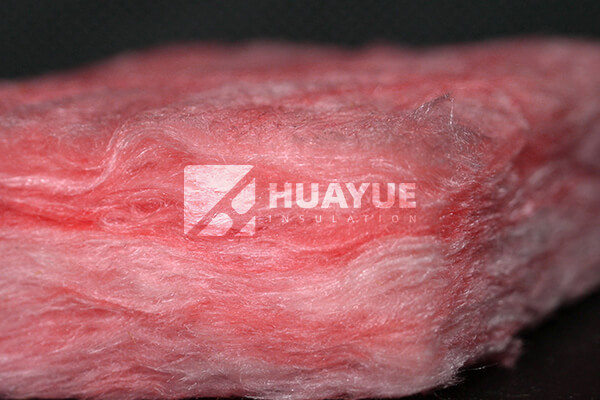
Now, let’s look at why glass wool is known for being such an effective insulation material.
Why is glass wool an effective insulation material?
In the construction world, insulation must keep heat inside during winter, outside during summer, and resist fire. Glass wool seems to check all these boxes.
Glass wool is a poor conductor of heat due to its low thermal conductivity. This means it significantly slows down heat flow between inside and outside of buildings, reducing energy use for heating and cooling. The material is non-combustible and safe in fire exposures, as it will not burn or spread flames. Glass wool’s long fibers trap pockets of air, which improves both its insulation and sound-absorbing qualities.
Here’s a quick table to compare its main properties:
| Property | Glass Wool | Why It Matters |
|---|---|---|
| Thermal Conductivity (W/m.K) | 0.032–0.040 | Lower = better insulation |
| Fire Resistance | Non-combustible | Safety in buildings |
| Acoustic Absorption | High | Noise control |
| Flexibility | High | Flexible applications |
Because of these qualities, glass wool is the first choice for engineers like me who want both performance and peace of mind for building projects.
Can you touch glass wool safely?
The appearance is soft, but can you actually touch it? Many people worry about handling glass wool, and with good reason.
It’s best not to touch glass wool with your bare hands. The fine, light fibers can irritate your skin. This is not dangerous, but it does feel uncomfortable and can cause itchiness. When handling, I always recommend gloves, a long-sleeve shirt, and a mask for your face. This will keep your skin safe and keep you from breathing in any tiny fibers that might float in the air.
Handling glass wool is safe with basic protection. Once the material is installed and covered by other building finishes, these small risks disappear.
Are glass wool products dangerous to health?
This question comes up every time, especially from plant managers or safety teams who worry about worker health.
Glass wool by itself is not classified as a carcinogen. The main health risks come from direct exposure to dust and fibers during installation or removal. Potential effects include mild skin, eye, or respiratory irritation if you’re not careful. These are easy to avoid by wearing gloves, long sleeves, goggles, and a dust mask. After installation, there is no issue—glass wool stays safely inside the building system, with no further risk to people in the building.
Let’s organize what to remember:
| Risk | When Does It Happen? | How to Prevent |
|---|---|---|
| Skin irritation | Handling/raw material | Wear gloves, long sleeves |
| Eye irritation | Dust in air | Wear goggles |
| Breathing irritation | Installation/removal | Use a dust mask or respirator |
In more than 20 years making glass wool, I have seen that with simple precautions, installation is trouble-free for everyone involved.
Can glass wool catch fire?
Fire safety is always a priority. This is a key concern for both engineers and building owners.
Glass wool itself does not burn. It is non-combustible and remains stable at high temperatures. The composition, mainly from glass minerals, means it resists flame and won’t emit harmful fumes if exposed to fire. Sometimes, glass wool is covered with other materials for specific needs—such as facing for vapor barriers or extra durability. These facings may have their own fire properties, but the glass wool core remains resistant.
This peace of mind is one of the key reasons I always recommend glass wool for projects where fire performance matters most.
Can glass wool be recycled?
Many customers today want sustainable and eco-friendly materials. The recyclability of glass wool is a strong selling point.
Yes, glass wool can be recycled. Spent or leftover glass wool waste is collected, then melted and reused to make new glass wool products. Recycling saves raw materials and energy, reducing the total impact on the environment. I’ve helped coordinate recycling on several projects, and it made a clear difference. More manufacturers, including HUAYUE, now use recycled content in their standard glass wool lines.
What are the unique characteristics of glass wool?
For a final, essential question: what truly sets glass wool apart from the rest? Every insulation system is different, and each project may have a different need.
Glass wool offers three unmatched characteristics:
- Fire resistance: It stops the spread of flames, making it safe for large or critical buildings.
- Acoustic control: Its fibers absorb sound, reducing noise in busy spaces.
- Versatility: It comes as blankets, batts, boards, and even loose-fill—suitable for roofs, walls, or floors.
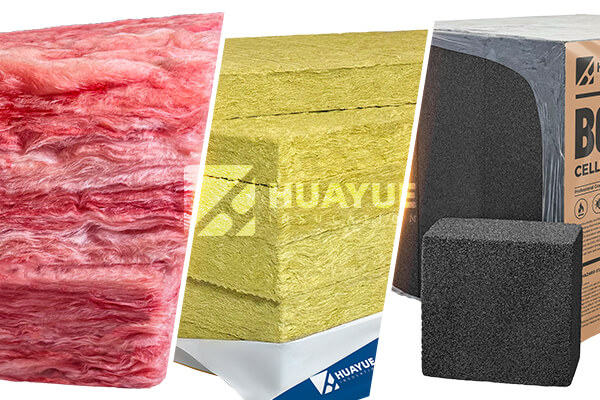
Here’s another quick breakdown:
| Feature | Glass Wool |
|---|---|
| Fire Resistance | Yes (non-combustible) |
| Acoustic Performance | Excellent |
| Flexibility | High |
| Recyclable | Yes |
| Absorbs Moisture | No (does not absorb water) |
This combination of performance with safety and flexibility is why, in my career, glass wool has been one of the most reliable solutions.
Conclusion
Glass wool delivers reliable thermal insulation, fire safety, sound absorption, and sustainability. It’s my top choice for both performance and peace of mind.
You may also be interested in:
Ready to Get Started?
Get in touch with our experts for personalized solutions tailored to your needs.
Get Free QuoteLatest Articles
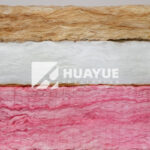
Eco Batt Insulation: What You Need to Know?
Dec 12, 2025
Let's Work Together
Ready to take your business to the next level? Get in touch with our team of experts and let's discuss how we can help you achieve your goals.
Get Free Solutions
